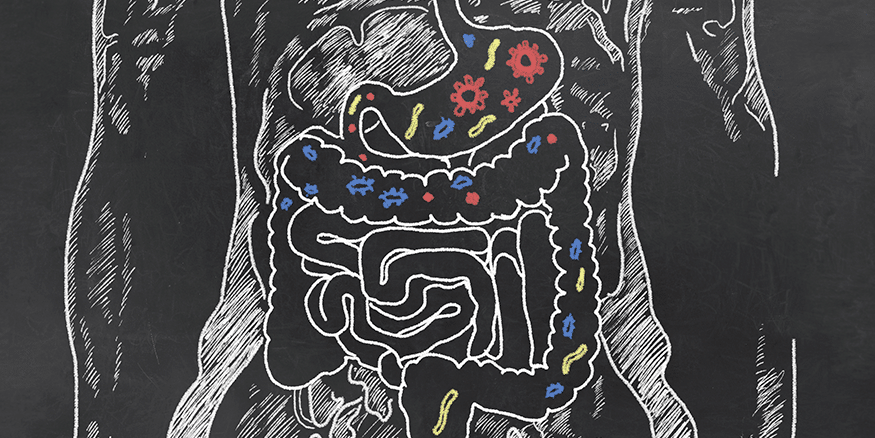There are trillions of microorganisms (bacteria) in the human body. Some of these are beneficial, while others are dangerous. Some experts believe that there are ten times as many microbial cells as human cells in the body, while others believe the ratio is closer to 1:1.
Humans now know a lot more about the bacteria in their bodies, thanks to recent scientific advancements in genetics. Many governments have made significant investments in studying the interactions within the human body’s ecosystem and their implications for health and disease.
The phrases microbiota and microbiome are frequently used interchangeably to refer to the same thing. The differences between them will be discussed in this article and how both are used and researched in modern medicine. Look into Advanced functional medicine Australia to get more information about this across Perth, Sydney, Melbourne, Brisbane and other cities.
Fast facts on the gut microbiota
- There are trillions of cells in the human microbiota, including bacteria, viruses, and fungus.
- The gut is home to the most significant number of bacteria. The skin and genitals are two more frequent habitats.
- The microbiome, which consists of microbial cells and their genetic material, is present in humans from birth. This connection is essential for good health.
- The biomass produced by the bacteria living in the gastrointestinal tract is around 4 pounds. Every person is made up of a unique mix of species.
- Nutrition, immunity, and effects on the brain and behaviour are all influenced by the microbiome. It’s linked to several disorders that disrupt the microbiome’s usual balance.
What is the microbiome of humans?
The human microbiota is a collection of bacteria, viruses, fungi, and other single-celled animals that live inside the human body. The microbiome refers to all of the genes found within these microbial cells.
A symbiotic association exists between 10 trillion and 100 trillion microbial cells in every human being. As long as the body is healthy, this benefits both the microbes and their hosts. The human microbiota may contain approximately 1,000 different types of bacterium, according to estimates.
Many projects are attempting to decode the human genome by sequencing all of the human genes. Similarly, the microbiome has been the subject of extensive research to uncover all of its genetic information. It’s an excellent primer on the many habitats for different microbes in the body, particularly the distinctions between the dry forearm environment and the wet and oily armpit environment.
Despite outnumbering cells, microorganisms in the body are so minuscule that they only make up roughly 2 to 3% of the total weight of the human body.

According to a study, The Human Microbiome Project Consortium found the following in a trusted source article published in Nature:
- Microbial populations in the mouth and stool are very diverse.
- Samples from vaginal locations, on the other hand, reveal total microbial populations.
The study found a lot of diversity in the human gut microbiome in a broad group of healthy Western people, but it also raised several problems that need to be answered. How do our microbial populations change over time, and are helpful microbe colonisation patterns the same as disease-causing microbe colonisation patterns?
- asthma
- Celiac disease
- colitis
- diabetes
- eczema
- illness of the heart
- malnutrition
- Multiple sclerosis (MS) is a disease that affects people.
- obesity
The human microbiome has an impact on the four areas of health that are listed below:
- Nutrition
- Immunity
- Behaviour
- Disease
Last Words
Gut micro organisms are necessary for humans to absorb nutrients as well as absorb energy from food. Gut microbes, for example, aid in the breakdown of complex compounds found in meats and vegetables. Plant cellulose is indigestible without the help of intestinal microorganisms.
Gut microorganisms’ metabolic activities may influence food cravings and sensations of fullness. The microbiota’s diversity is related to the diet’s diversity. Adults who follow a rigorous diet have a more diversified gut flora than younger people who eat a wide variety of foods.


